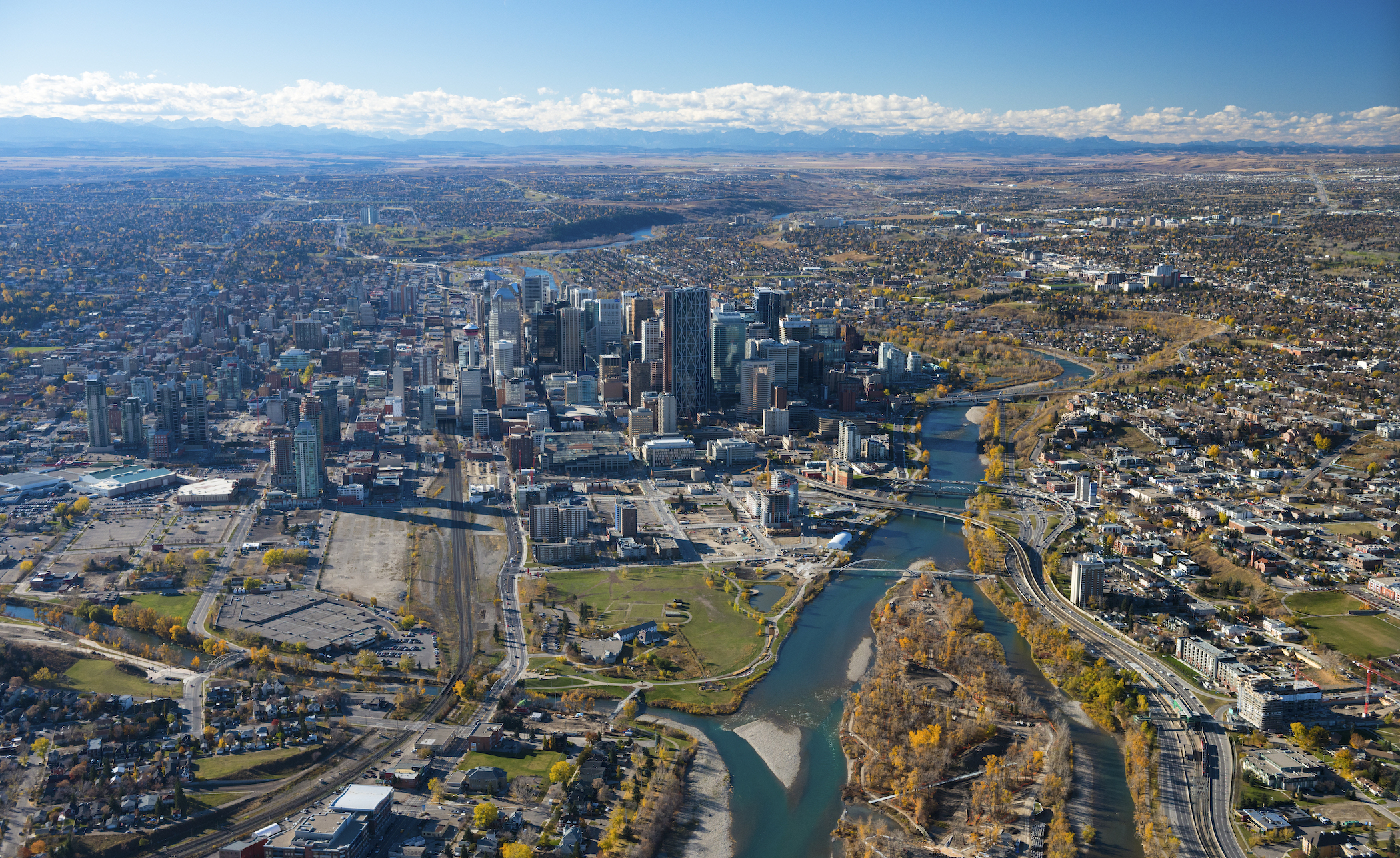There are over 500 places in Calgary devoted to culture and spirituality, and not one is specifically intended for Indigenous Peoples to gather. Until now.
It started with one question posed by Chief Robert Joseph at a Reconciliation Canada workshop held in Calgary, AB in 2014: “What does Calgary need to reconcile with Indigenous Peoples?”
Born from a humble discussion by a group of passionate, like-minded and like-hearted people at the table, the concept of an Indigenous Gathering Place (IGP) in Calgary was ignited. Our Indigenous Elders—spiritual leaders and carriers of wisdom—tell us the dream, vision and effort toward a central gathering space by and for Indigenous Peoples is but a continuation of many prayers and actions that came before us.
RELATED: Indigenous arts collective finds permanent home at Calgary’s Grand Theatre
Alberta invests $1 million in Calgary library program to preserve Indigenous languages
We are proud to carry the torch with the guidance and blessing from our Elders toward this ambitious and necessary goal to benefit all Nations.
Aboriginal Awareness Week
As Calgarians celebrate Aboriginal Awareness Week , nestled within National Indigenous History Month every June, we honour stories of resilience, prosperity, exception, and beauty that Indigenous Peoples in Canada continue to demonstrate. Despite the government’s past attempts at assimilation through policy and residential schools, we continue to heal and flourish. Gathering is central to our survival and will remain a traditional practice now and for generations to come.
The City of Calgary has created a Master Plan for the development of the East Rivers District. The Indigenous Gathering Place is a natural complement to the plan and could also play a significant role in Calgary’s culture and entertainment district, reconciliation efforts and tourism.
It will also be a place to re-affirm the historical significance of the region to Treaty 7 Peoples and the Métis, who have for many generations called this place home: “Moh’Kinsstis” to the Siksikaitsitapi, “Wichispa Oyade” to the Stoney Peoples, “Kootisáw” to the Tsuut’ina, and later “Fort Calgary” to settlers.
A building is a building and Calgary doesn’t need just another building. For us, it’s more than a building. It’s the process we follow when engaging with Indigenous Peoples of Calgary, and how we approach territorial respect, inclusion, research, planning and documentation.
Theoretically, I knew what it meant to follow both Western and Indigenous systems, but it’s the experience of honouring and respecting both that roots my passion for the project. We are creating ethical space.
Confluence of two systems
We respect Western protocols with our business plan, site studies, governance structure as a registered society, annual meetings with minutes, website and Facebook page. Announcing our intention for a gathering place during a local Powwow and gift giving, praying at every meeting and hosting traditional tea dance ceremonies are just some of the ways we honour our Indigenous spiritual traditions. We do not mix the two, we respect both as equals.
Our work is informed by the voices of hundreds of Calgarians who hope to use the IGP for various envisioned purposes.
“It will be a safe space for sharing, learning and growing for Indigenous peoples and allies,” says one participant during a facilitated discussion held in January. “I can smell sage and buffalo hide. I feel a sense of peace but also community, children laughing, drums, a voice of an Elder. It needs to come from a real place, where Community is part of its creation every step of the way,” says another.
Twenty volunteers facilitated 27 discussions involving 67 organizations. We received more than 100 survey responses and translated 260 hours of dialogue from hundreds of people. More conversations are planned for Fall 2019.
The IGP will be a unique space where we can reconnect with traditions, practices and protocols. It will also be a home to celebrate and share the wisdom of Elders and be a model for the rest of Canada for why the preservation of Indigenous cultures is important to the success of Calgary as a thriving and prosperous city. This is more than just a building. The IGP will be the window between different worldviews where people will come together for meaningful engagement. This is why Calgary needs an Indigenous Gathering Place.
About the Author
Lee Stevens is a board member of the Indigenous Gathering Place Society of Calgary. She is Tlingit First Nation from the Deisheetaan, (split tail beaver) Clan in Carcross, Yukon and has lived and grown up in and around Calgary. She has worked in Calgary as a social worker with organizations such as the Calgary Drop in Centre, CUPS, and Alberta Health Services. Lee currently works at Vibrant Communities Calgary.



